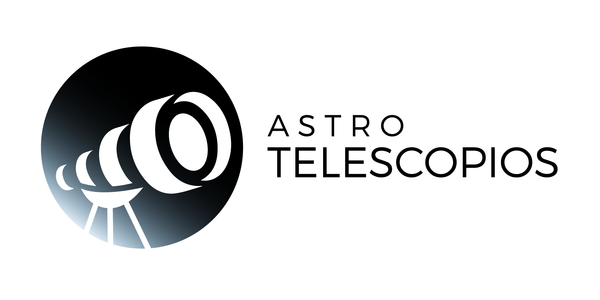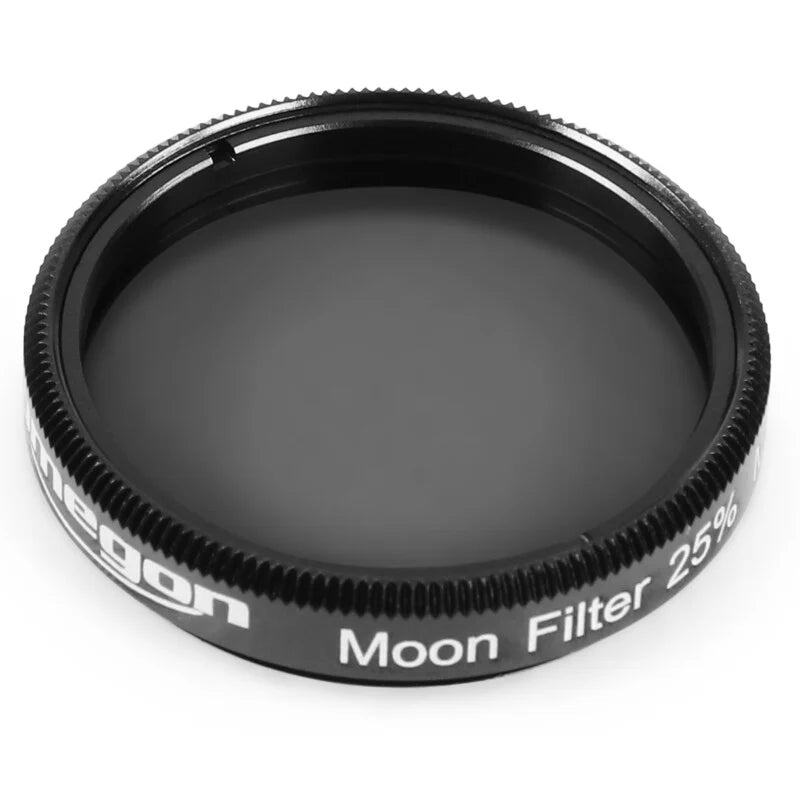- Versatile optical tube for visual observation and astrophotography.
- Ideal for planetary and deep sky observation (galaxies, nebulae)
- Includes Crayford focuser with 10:1 ratio (best sharpness adjustment)
- Versatile visual/image with 5 f/d ratio
Everything you need to know about the Newton Sky-Watcher 200mm f/5
With a 200 mm primary mirror, the Sky-Watcher Newton 200 is one of the amateur instruments capable of revealing numerous deep sky objects and details about the planets and the Moon. In fact, Captures 78% more light than a 150mm telescope and promises years of discovery-filled observations for beginners and amateur astronomers alike.
Its Newton design offers several advantages over other families of instruments (Cassegrain glasses and telescopes). Mirrors are cheaper to manufacture for the same diameter and their focal ratio is generally very low. Then you can benefit, for an attractive price, from a bright telescope that offers a large field of observation (here f/D=5) . The central obstruction is also weaker than that of Cassegrain-type telescopes.
Unlike very cheaply made Newton telescopes or small diameter, the Newton Sky-Watchers of 150, 200, 250 and 300 mm They have a parabolic primary mirror . The mirrors are polished spherically and then trimmed to achieve a parabolic shape (more expensive and difficult to obtain). This is an essential selection criterion for instruments larger than 130 mm and with short f/D .
Focusing is achieved using a dual-flow Crayford eyepiece. Allows you to obtain fine focus thanks to 1:10 reduction . A very noticeable advantage during observations with high magnifications and when taking images. Can support heavy loads (e.g. APN) . A 31.75mm adapter is supplied as standard to use eyepieces of the same format from the 50.8mm output. An adjustment screw located at the bottom of the eyepiece holder allows you to maintain focus by following the orientation of the optical tube.
To present as little obstruction as possible, the secondary (flat) mirror mounting bracket has 4 thin branches , with a width of 0.5 mm. Being sufficiently rigid, they limit diffraction peaks in bright stars and excessive luminosity loss. Also supplied as standard is a 9x50 achromatic finderscope on its mount, as well as a 28mm (55°) LET eyepiece for low-magnification (widefield) observations. It should be completed with a short focal length eyepiece for planetary observations at high magnifications.
Astrophotographers Gallery

Les Dentelles du Cygne NGC6960 by David Duarte (Saint Paul les Dax, France)
1h40 exposure with a Sky-Watcher Newton 200mm f/5 telescope and a ZWO ASI1600MM-Pro camera . Sky-Watcher AZ-EQ6 Pro-GoTo equatorial mount , ZWO 36mm H-alpha and O-III 7nm filters and Sky-Watcher coma corrector.

Jupiter by Patrick Antoine - Tunisie Telescope Expert (Dahar, Tunisia)
Sky-Watcher Newton 200mm f/5 telescope and a ZWO ASI120MM camera.
Sky-Watcher HEQ5 Pro-GoTo equatorial mount, ZWO 5-position 31.75mm filter wheel, Kepler ED 3x Barlow filters and ZWO LRGB 31.75mm.
(photo used with permission of the author).
Specifications
| Optical formula
|
Newton
parabolic primary mirror
Flat secondary mirror
|
| Focal length |
1000mm
|
| focal ratio
|
f/5
|
| Mirror
|
Pyrex
|
| resolving power
|
0.6"
|
| Magnitude limit
|
13.4
|
| Construction
|
Metal
With dovetail and two fixing collars
|
| Focuser
|
Crayford 50.8/31.75 mm Sky-Watcher with microfocuser (dual speed 1:10)
|
| Dimensions (Diameter x Length)
|
24cm x 92cm
|
| Weight
|
8.75kg
|
Items delivered
- 1 Sky-Watcher 200mm f/5 optical tube
- 1 Crayford Sky-Watcher 50.8mm Micro Focuser (Dual Speed 1:10) and 31.75mm Adapter
- 1 reinforced dovetail type Vixen
- 2 fixing collars
- 1 Piggyback mount for Kodak camera on top of one of the mounting collars
- 1 x 50.8mm fluid eyepiece: LET 28mm
- 1 straight finder 9x50














